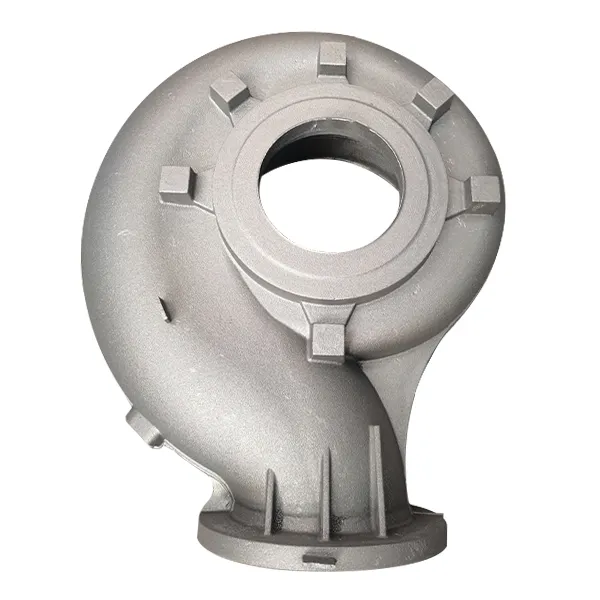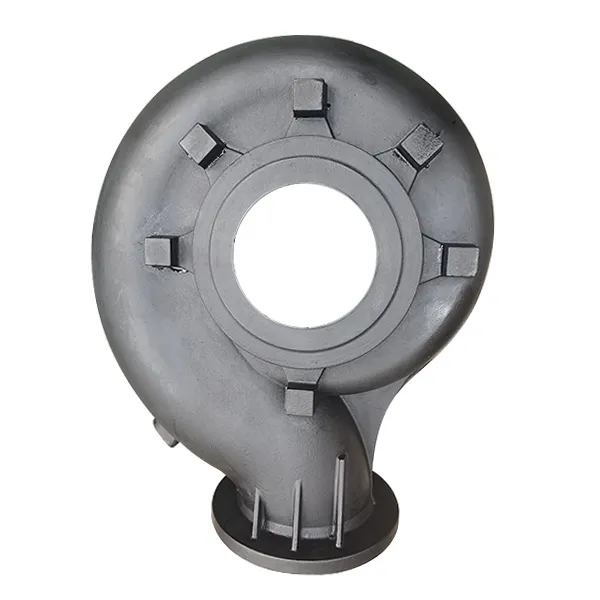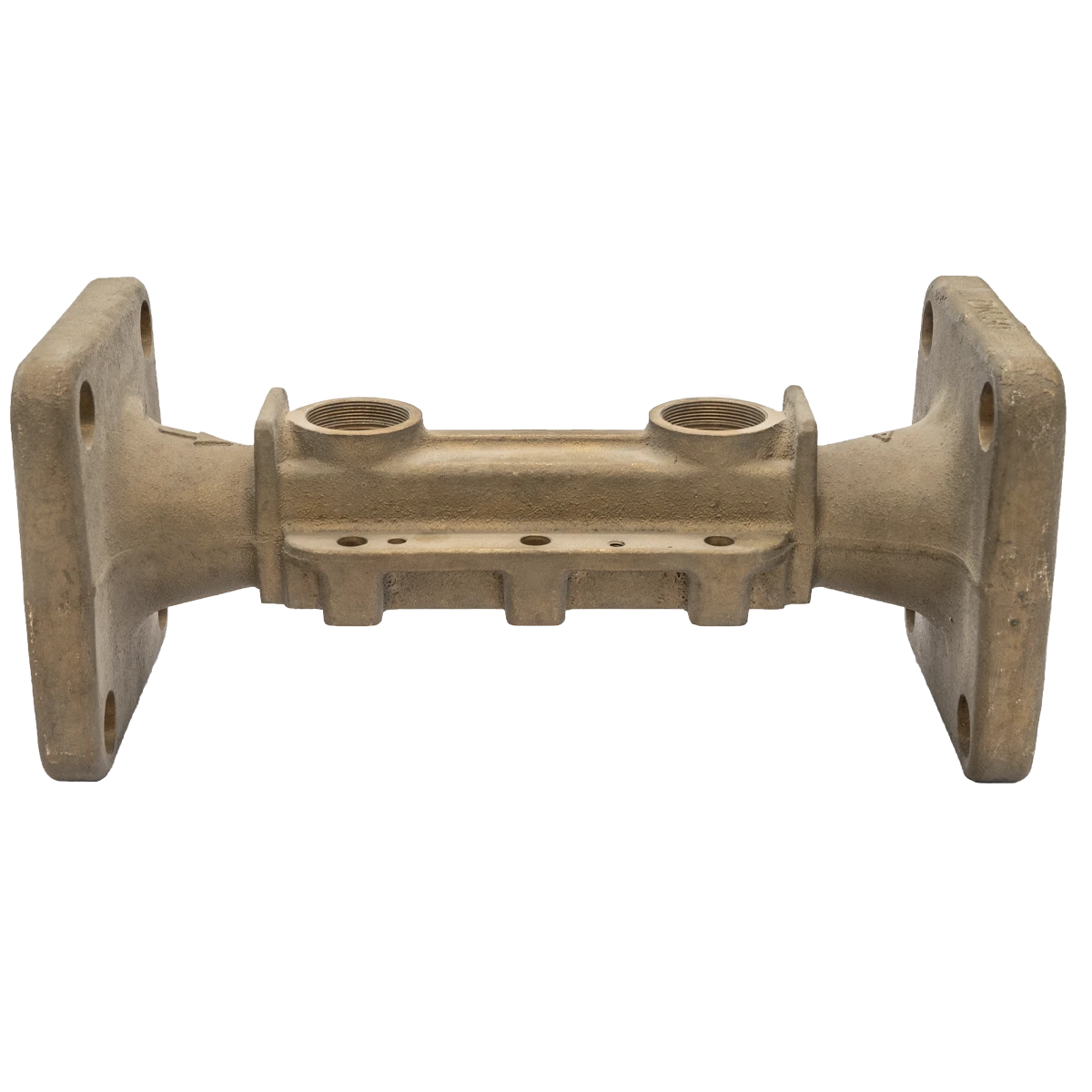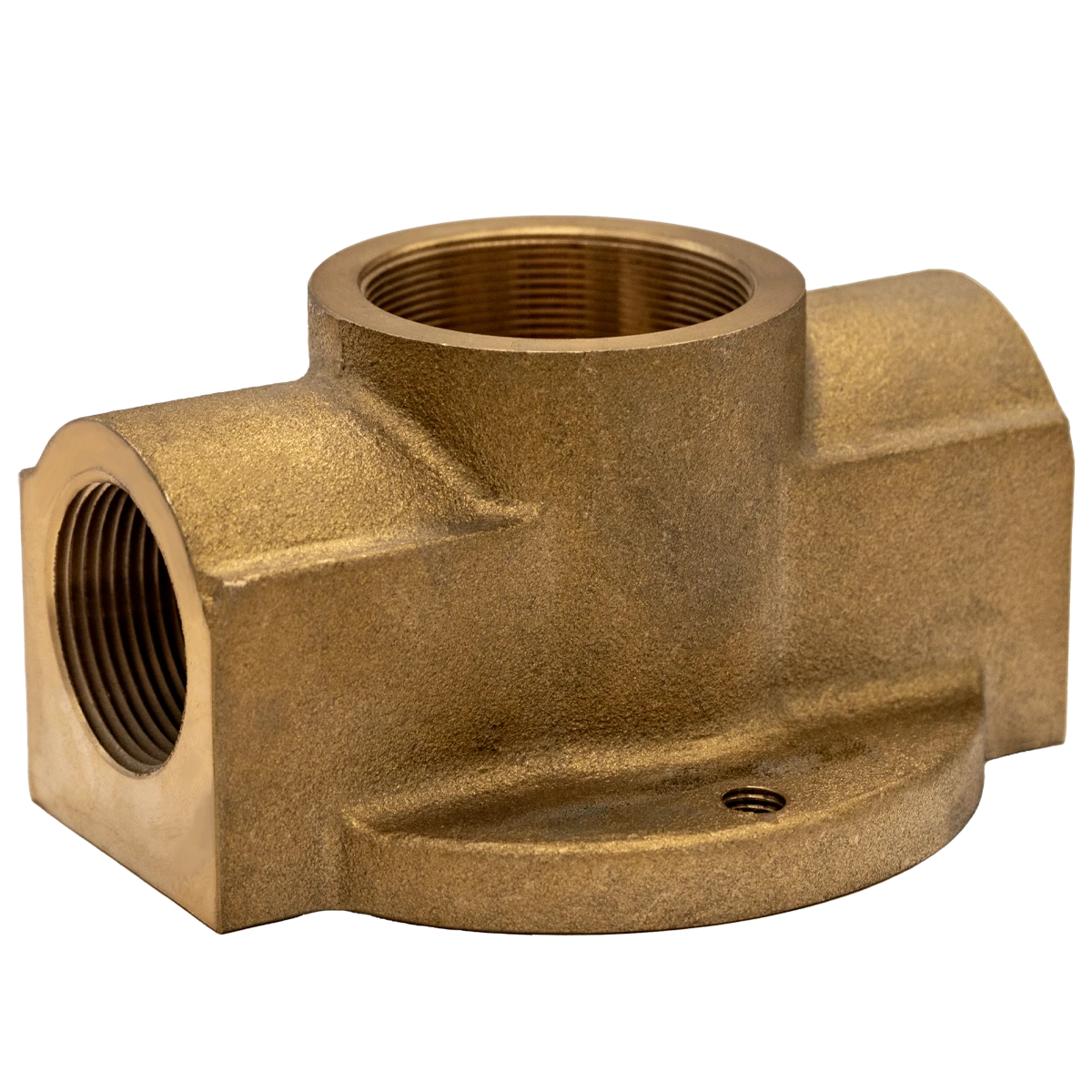Mobile:+86-311-808-126-83
Email:info@ydcastings.com
The Importance of Automobile Water Pumps in Engine Cooling Systems
An automobile’s engine is one of the most complex and vital components of a vehicle. It generates significant amounts of heat during operation, and without a reliable system to manage this heat, the engine could easily overheat, leading to severe damage. The water pump plays an essential role in the engine’s cooling system, ensuring that the engine temperature remains within optimal levels. This article will explore the significance of the water pump in engine cooling, its working mechanism, and how it impacts engine performance and longevity.

Understanding the Role of the Automobile Water Pumps
The primary function of the water pump in an automobile is to circulate coolant through the engine and radiator. Coolant, typically a mixture of antifreeze and water, absorbs heat from the engine and carries it to the radiator, where it is cooled by airflow. The pump keeps this coolant moving through the engine block, cylinder heads, and radiator, ensuring that the engine maintains an optimal operating temperature.
The automobile water pump is driven by the engine itself, often via a belt or direct gear connection, allowing it to operate continuously while the engine is running. Without this continuous flow of coolant, the engine could overheat within minutes, causing parts to warp, seize, or even crack, resulting in costly repairs or total engine failure.
Preventing Overheating and Engine Damage With Automobile Water Pumps
One of the most critical roles of the auto engine water pump is preventing engine overheating. Every engine has an ideal temperature range within which it operates most efficiently. Typically, this range is between 195°F and 220°F (90°C to 105°C), depending on the manufacturer’s specifications. If the engine’s temperature rises beyond this range, it can cause significant damage to various components, including the pistons, valves, and cylinder heads.
The water pump ensures that coolant circulates throughout the engine, keeping the temperature regulated. If the pump fails or malfunctions, the engine can quickly overheat, leading to potential damage to critical engine parts. In extreme cases, prolonged overheating can cause the engine to seize, resulting in catastrophic engine failure.
Additionally, the electric water pump for car helps maintain an optimal engine temperature during cold starts, when the engine is not yet at operating temperature. By circulating coolant efficiently, it allows the engine to warm up gradually and reach its ideal operating temperature, minimizing wear and reducing the time it takes for the engine to reach peak efficiency.

Supporting Optimal Engine Performance With Automobile Water Pumps
The water pump’s function extends beyond simply preventing overheating; it also ensures that the engine operates efficiently. Engine performance is directly related to the temperature at which it operates. When the engine is too hot, combustion efficiency decreases, which can reduce power output, increase fuel consumption, and negatively affect exhaust emissions.
By maintaining a steady and optimal engine temperature, the water pump helps ensure that combustion is efficient. Proper engine temperature also allows for more effective fuel injection and ignition timing, which contributes to better acceleration and smoother driving performance. In addition, the engine components, including the fuel injectors, valves, and seals, function more reliably when the engine stays at the correct temperature, reducing the risk of premature wear.
Furthermore, maintaining the correct engine temperature improves fuel efficiency. Engines that operate at too high a temperature tend to consume more fuel because they are not burning fuel as efficiently. The water pump ensures the engine runs in the optimal temperature range, allowing for better fuel efficiency and lower emissions.

Ensuring Longevity of Engine Components With Automobile Water Pumps
Overheating is one of the leading causes of premature engine wear and failure. The continuous flow of coolant, provided by the water pump, helps prevent excessive heat buildup in the engine, thereby extending the lifespan of its components. When coolant circulates properly, it keeps various parts, such as the pistons, gaskets, and seals, cool and functioning as intended.
Failure of the water pump can lead to more than just overheating. If the pump fails to circulate coolant properly, the engine components will be subjected to inconsistent or insufficient cooling, which can lead to uneven wear. For example, the cylinder head may crack due to thermal expansion if it is not adequately cooled, or seals and gaskets could begin to deteriorate from excessive heat.
Maintaining the water pump in good working condition is, therefore, crucial for the longevity of the engine. Regular inspection and timely replacement of the water pump help ensure that the engine cooling system operates effectively, which in turn reduces the risk of costly repairs and extends the engine’s service life.
Signs of Automobile Water Pumps Failure
While the water pump is designed to last for many years, it is subject to wear and tear like any other vehicle component. Recognizing the signs of water pump failure early is essential for preventing engine damage and ensuring that repairs are made before the issue becomes severe. Some common signs that the water pump may be failing include:
- Overheating Engine:If the engine begins to overheat, this is often a sign that the water pump is not circulating coolant properly.
- Coolant Leaks:If there is coolant pooling under the vehicle or around the pump area, it could indicate a leak in the water pump, typically caused by a damaged seal.
- Unusual Noises:A failing water pump may make a whining or grinding noise, often caused by a worn-out bearing or impeller.
- Dashboard Warning Lights:In modern vehicles, a warning light on the dashboard indicating overheating or coolant issues may suggest a problem with the water pump.
If any of these symptoms appear, it is crucial to have the water pump inspected and replaced as necessary to avoid further damage to the engine.
-
Materials Used in Manufacturing Cap End Pipe FittingsNewsNov.24,2025
-
Material Properties of CF8M CastingNewsNov.24,2025
-
How to Inspect Pump Cap Ends for DamageNewsNov.21,2025
-
Backward Curved Impeller – Efficient Airflow Solutions for Industry | YD CastingsNewsNov.21,2025
-
Automobile Water Pump - Efficient, Quiet, Durable & ElectricNewsNov.21,2025
-
Impeller for Pumps – High-Efficiency, Durable, OEM-ReadyNewsNov.21,2025











